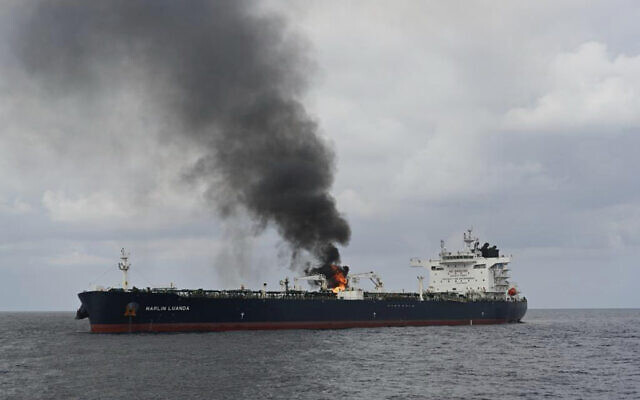India – Oman trade deal and balance of power in the Gulf Strategic convergence
On April 26, the Indian state media reported that New Delhi was very close to signing a new trade agreement with Oman to enable easier access to goods and services into each other's markets, further cementing the South Asian nation's presence in the Gulf region. Reportedly, the two sides have reached a consensus on a majority of the issues in the comprehensive economic partnership agreement.
India and Oman have annual trade of less than $13 billion, but the relationship is important for New Delhi as the Gulf nation is a gateway to the narrow Strait of Hormuz between Oman and Iran, a major transit point for global oil shipments. Making little progress on a deal with the Gulf Cooperation Council (GCC), India has pivoted to seeking bilateral deals with GCC member nations such as Oman and the United Arab Emirates. Indeed, the GCC is India’s largest regional bloc trading partner. Trade with the GCC comprised 15.8 per cent of India's total trade in fiscal year 2022–2023, compared to 11.6 per cent of total trade with the European Union. However, a deal has not yet materialised despite India and the GCC announcing their intent to resume negotiations for a free-trade agreement (FTA) in November 2022.
The importance of a separate trade agreement with Oman came amid the devastating attacks of Houthi rebels in Yemen on commercial vessels heading to and from Israel. Amid the ongoing Israel–Hamas war, the Iranian-backed Houthi rebels launched serial attacks on Western and Israeli commercial ships in a solidarity bid with Palestinians in the Gaza Strip.
As such, the recent trade deal between Oman and India is a viable option for both states to minimize the impact of the Red Sea attacks. According to available data, under the new deal, Oman has agreed to eliminate duties on Indian exports worth an annual $3 billion, including agricultural products, gems and jewellery, leather, automobiles, medical devices, engineering products, and textiles. India has agreed to reduce duties on some petrochemicals, aluminium, and copper from Oman while capping imports of such goods.

The new agreement, dubbed the Comprehensive Economic Partnership Agreement (CEPA), will boost Indian exports to the West Asian country by eliminating duties, especially on petroleum products, enabling it to establish a sustainable footprint in the Omani local market and possibly expand to other regional markets. Moreover, it will allow Indian companies to set up manufacturing plants in Oman to export green products.
As for Oman, the recent CEPA is a good opportunity to diversify economic partnerships and facilitate the flow of additional investments, while India sees primarily geopolitical dividends, such as the expansion in the Gulf region becoming an influential non-regional actor. Both states cemented a bilateral partnership during the last official visit of the Omani Sultan Haitham bin Tarik to India in December 2023, which marked a new India-Oman joint vision agreement, a partnership for the future focusing on ten essential areas.

Consequently, India’s interest in pivoting toward the Gulf region can be explained by its immense interest in energy sources. As one of the world's fastest-growing economies, India's domestic consumption of energy keeps skyrocketing, thus forcing the country to seek additional stable suppliers. In this vein, Oman is one of the most viable options for India to provide the latter with more fossil fuels. Despite its close partnership with the Gulf region, since 2022, India has agreed with Russia to receive relatively cheap Russian crude oil and coal despite international pressure.
Undoubtedly, by seeking more suppliers, India is seeking an opportunity to become a leading actor in global energy governance and boost economic development. For example, as a part of efforts to become an attractive market, Saudi Arabia and the UAE have announced ambitious investment targets of $100 billion and $75 billion, respectively, in 2023. As such, the UAE is India's seventh-largest foreign direct investment source, currently at $15.3 billion.
Therefore, India's attempts to keep Oman at a distance seem to be a rational foreign policy choice. Deeper ties to the Gulf would enable India to have more manoeuvring space and maintain a regional power of balance amid global security catastrophes.









